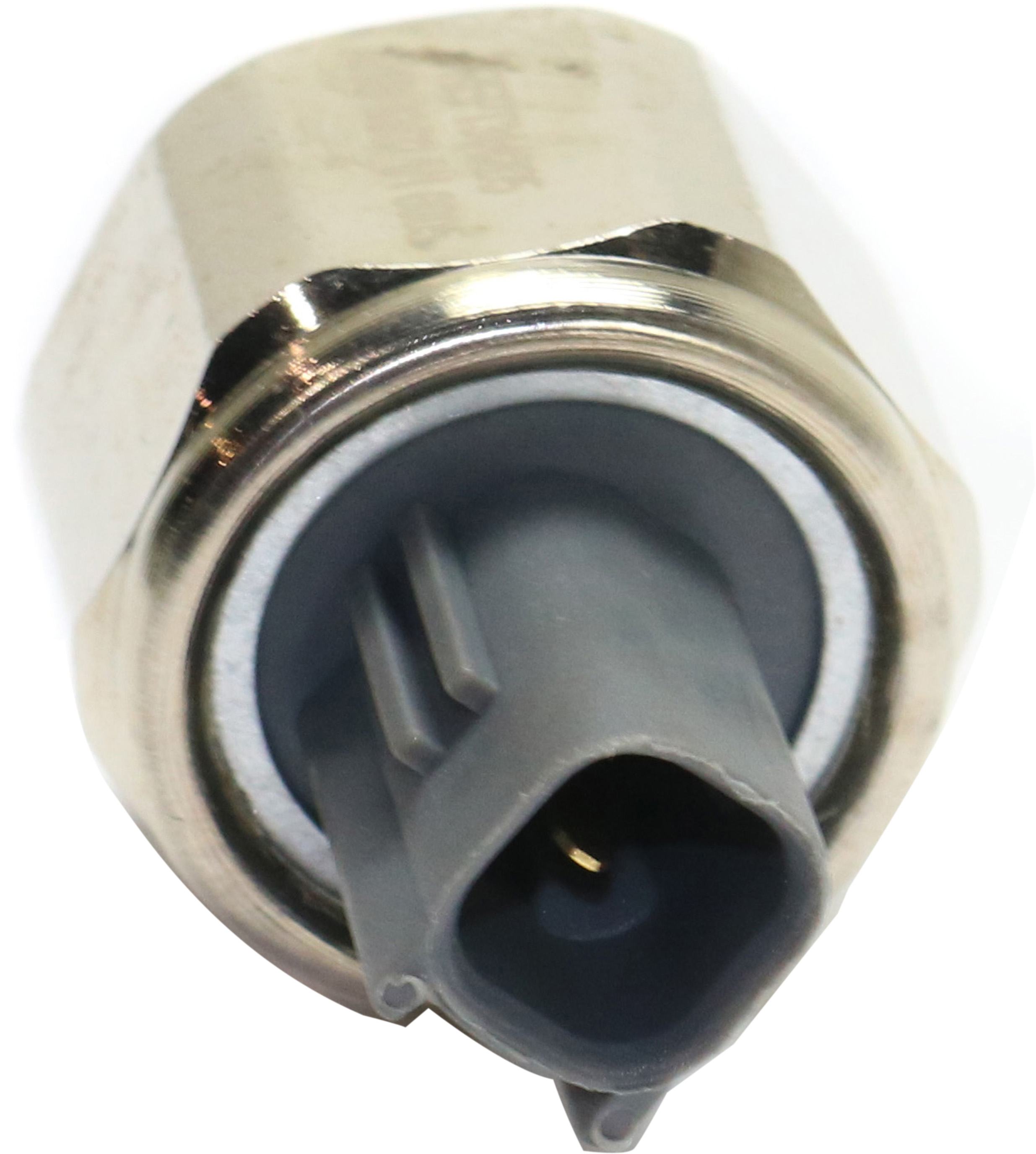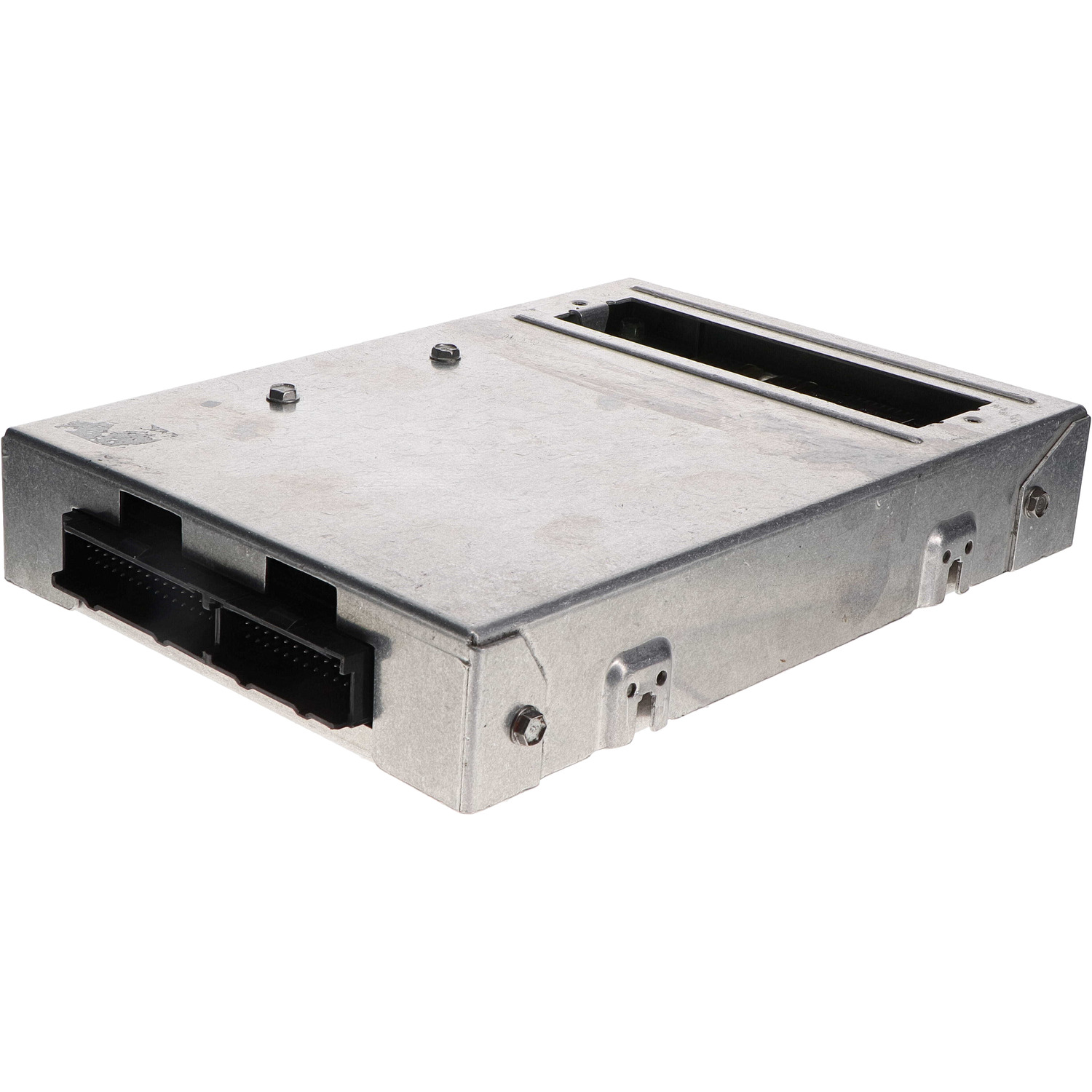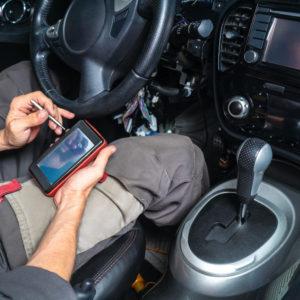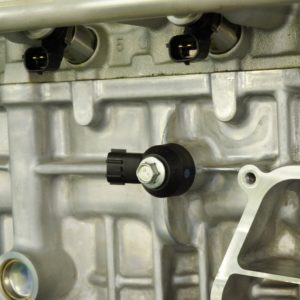The knock sensor is a device that alerts the powertrain control module (PCM) that the engine is vibrating excessively due to incorrect fuel and air mixture. Once an engine knock is detected, the sensor’s signal wire sends the degree of severity to the vehicle’s computer. This will let the PCM retard the spark timing to avoid predetonation. If the PCM is unable to detect any signal from the knock sensor, it will set a P0333 code.
How a Knock Sensor Works
A knock sensor is a two-wire sensor that is supplied with a five-volt reference. It uses piezoelectricity to create a voltage that’s used as an engine computer signal. The piezoelectric element is a type of crystal that creates a voltage once pressure or vibration is applied to the unit. The sensor is designed to detect any sign of abnormal combustion, which is often called a ping, spark knock, or detonation.

The knock sensor allows the PCM to vary the ignition timing for each cylinder based on the signals it sends. Note, however, that varying the ignition timing for each cylinder separately is only possible for coil-on-plug (COP) systems. Earlier ignition systems would retard the ignition timing for all cylinders. The algorithms in the ECM/PCM are set up in such a way that spurious knocking noises not related to combustion are ignored.
The algorithms in the ECM/PCM are set up in such a way that spurious knocking noises not related to combustion are ignored.
– Richard McCuistian, ASE Certified Master Automobile Technician
If a spark knock is detected after firing cylinder 2, the PCM will continue to monitor this cylinder and retard spark timing until the knocking stops on a COP ignition system.
If you want to learn more, read our technical discussion about what knock sensors do.
What Does the P0333 Code Mean?
Diagnostic trouble code (DTC) P0333 stands for “Knock Sensor 2 Circuit High Input (Bank 2).”
Again, abnormal combustion results in a rapid pressure increase inside the cylinders, which creates a vibration in the engine block. These vibrations or engine knocks are detected by the knock sensor, which then sends a signal to the PCM to retard the ignition timing until the knock is eliminated. This helps reduce the risk of damaging pistons and other engine parts as a result of abnormal combustion.

The knock sensor is tuned to the engine knock frequency, which ranges from 5 to 10 kHz, depending on the make and model. If the PCM is unable to get any signal from the sensor, on-board diagnostics (OBD) will log a P0333 code. This could also mean that incorrect voltage is being supplied to the sensor.
Note: The definition of code P0123 could be different depending on the vehicle manufacturer. Consult the appropriate repair manual or repair database for the exact code definition.
What are the Common Causes of the P0333 Code?
- Knock sensor failure
- PCM issues
- Wiring issues
- Incorrect fuel octane
- Low fuel pressure
- Mechanical engine problem
What are the Common Symptoms of the P0333 Code?
- Illuminated check engine light
- Audible engine knock
- Loss of power
- Irregular RPM readings
- Pinging engine under acceleration
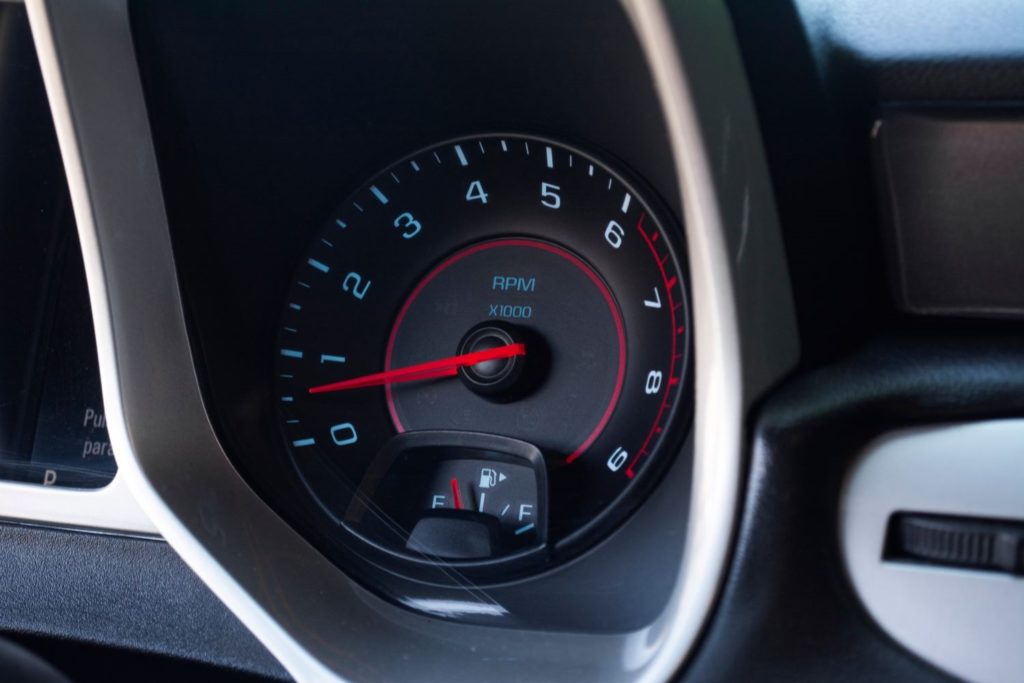
How to Diagnose the P0333 Code
DTC P0333 is a generic powertrain code that can be logged in various makes and models. While this might be the case, keep in mind that the steps for diagnosis and repair can vary depending on your vehicle specifications.
Diagnosing this trouble code involves testing the knock sensor using a scan tool to detect any excessive vibration. But if you’re not confident with your DIY skills yet, it’s a good idea to bring your vehicle to a certified mechanic to ensure that the right steps are being followed. Otherwise, you can go ahead and do the job yourself.
How to Fix the P0333 Code
Attempting to fix a P0333 code can be frustrating and confusing if you’re not equipped with the right tools and know-how. If you’re not familiar with the repair process, you can always take your vehicle to the nearest shop and have a certified mechanic do the job for you.
If you plan on doing the job yourself, make sure you have the right manuals before proceeding. Guides like those from Chilton or an ALLDATA subscription come with vehicle-specific repair information, so you might want to check those out before you start.
Where to Buy a Replacement Knock Sensor
Replacing your knock sensor might be necessary to resolve DTC P0333. Other than triggering DTC P0333, a bad knock sensor can also cause loss of power and engine knocking noises. Driving with these symptoms is dangerous and difficult. Thankfully, you can purchase a replacement knock sensor easily at CarParts.com
CarParts.com lets you order online with confidence. We have multiple guarantees in place to help you get the best deals. Thanks to our price match guarantee, if you find the same part on another ecommerce website at a cheaper price, we’ll be happy to match or beat their price on the spot. We also have a lifetime replacement guarantee. Once any of the parts you buy from us has outlived its lifespan, we’ll send you a replacement part on the house. This makes buying from CarParts.com a worthwhile investment. Contact our friendly and helpful customer service team if you have questions about these offers.
Don’t let a bad knock sensor make driving a hassle. Place your order for a replacement knock sensor at CarParts.com today.
Shop this Project


Any information provided on this Website is for informational purposes only and is not intended to replace consultation with a professional mechanic. The accuracy and timeliness of the information may change from the time of publication.



